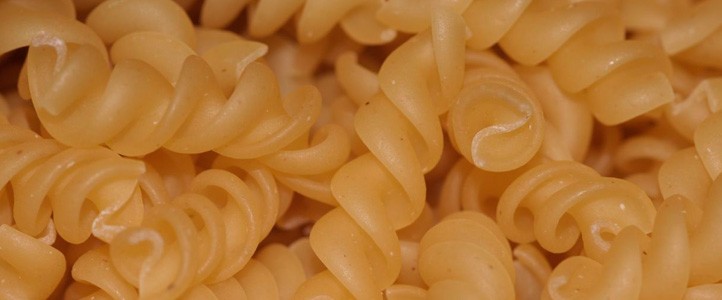Tiger nut flour has been revealed as a promising ingredient for supplemented fresh pasta formulation, which could be an interesting fiber-rich product to offer in the market. A 30% replacement level could be used without technological problems.
Nevertheless, structure reinforcement is needed as obtained supplemented pasta showed a faster and greater loss of firmness, elasticity and color during cooking.
Peleg’s model resulted adequate to describe cooking kinetics of both control and tiger nut supplemented tagliatelle, which absorbed a significant higher water content along cooking process (greater equilibrium values). No relationship between swelling index and water absorption could be found.
These are the conclusions of the study “Cooking properties of fresh pasta supplemented with tiger nut flour” published by Mª Eugenia Martín-Esparza, Chelo González-Martínez and Ana Albors from the IUIAD-Institute of Food Engineering for Development, Food Technology Department, Technical University of Valencia-Universitat Politècnica de Valencia, Camino de Vera s/n, 46022 Valencia, Spain.
Pasta is consumed in large quantities throughout the world. It is considered as a healthy food as it is poor in sodium and fat, with no cholesterol, and rich in complex carbohydrates, producing a low post-prandial response to glucose and insulin in the blood. Nevertheless, it is not recognized as a balanced product due to the poor biological value of its proteins and the low content of dietary fiber. Fresh egg pasta has a higher nutritional value. In this sense, improving the protein, mineral, and vitamin and fiber dietary contents of pasta products by the addition of flours of different origin has been a goal in recent years.
Tiger nut flour is rich in starch (26.54%), dietary fiber (24.13%), fat (23.56%) rich in oleic acid, and poor in protein (4.15%).
Their study was undertaken to analyze the cooking kinetics and the textural and color changes occurring during cooking of tiger nut supplemented (30%) tagliatelle.
Results: Pasta quality and cooking properties are dependent on the protein-starch developed matrix. Some pasta characteristics such as firmness, cooking losses and stickiness, can be associated with the protein content of the pasta, gluten strength and the starch composition. Incorporation of tiger nut flour into pasta formulae, which is rich in starch, fiber and lipids, and poor in proteins, could have an effect on the protein-starch matrix force unions. Cooking kinetics and color and texture changes during cooking of tiger nut supplemented pasta samples were analyzed as compared to those obtained from durum wheat semolina.
Conclusions: Tiger nut flour has been revealed as a promising ingredient for supplemented fresh pasta formulation, which could be an interesting fiber-rich product to offer in the market. A 30% replacement level could be used without technological problems.

